Results 11 to 20 of 22
Thread: Mysterious green stone.
-
03-15-2016, 07:05 PM #11

Ok. I'll post some better pictures later. I bought that stone from a friend from Poland.
Maciek.
-
03-15-2016, 07:15 PM #12
 Mysterious green stone.
Mysterious green stone.
Llyn Idwal stones often shows this flakes as the Frankonians do...thanks Peter for showing those here...
Actually i believe the Idwall stones show a much richer appearance in terms of a pattern or smaller more dark green to blue dots....
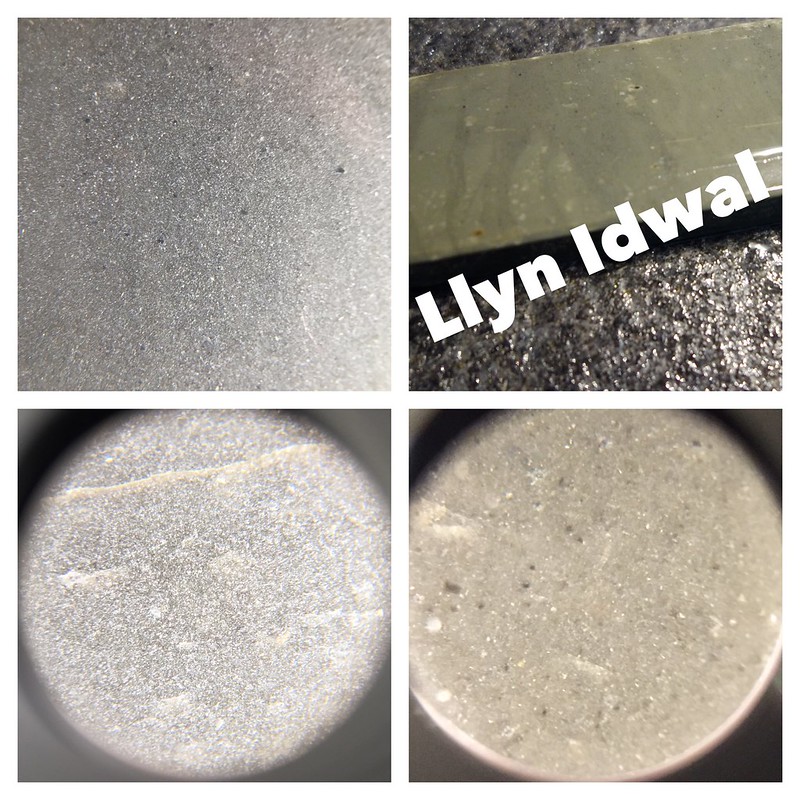

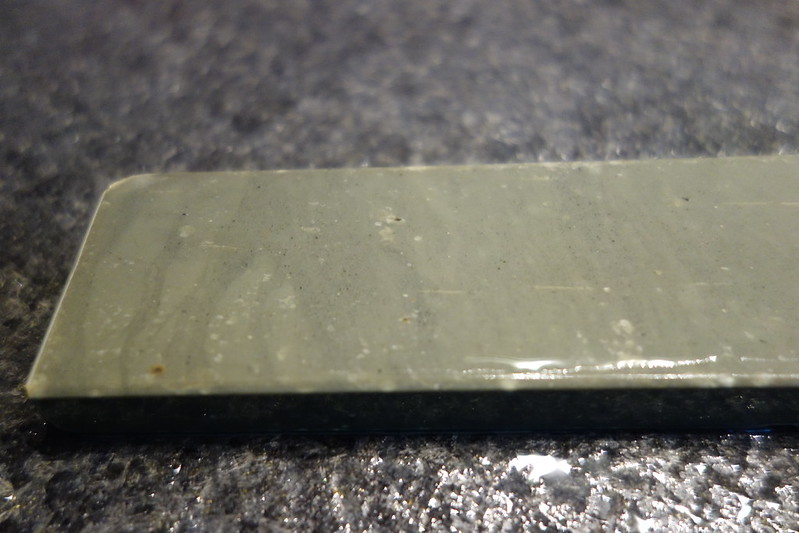
Just to show some examples...███▓▒░░.RAZORLOVESTONES.░░▒▓███
-
The Following User Says Thank You to doorsch For This Useful Post:
macrob (03-16-2016)
-
03-15-2016, 07:32 PM #13

Just for comparison...here are some pics of one of my LI's...
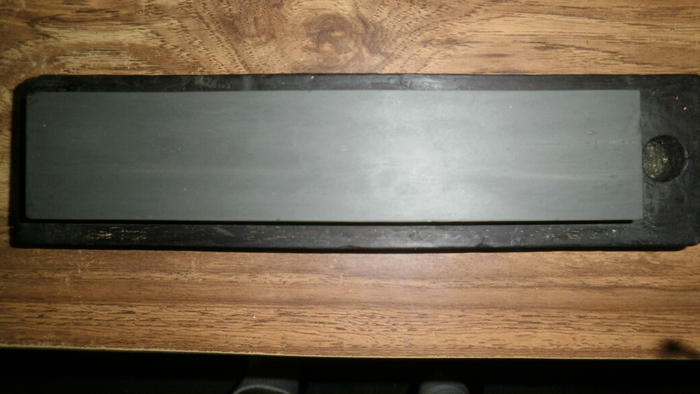
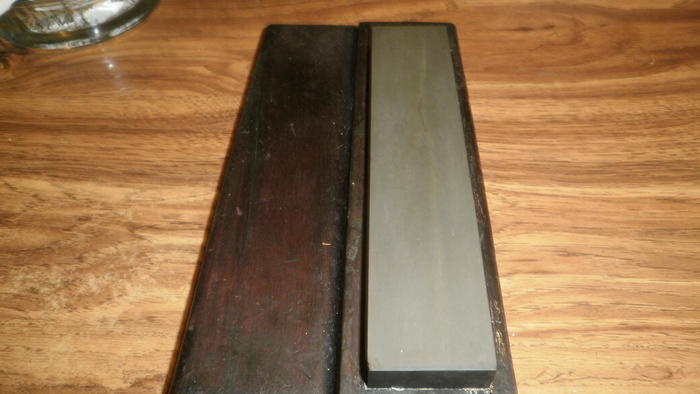 Lupus Cohors - Appellant Mors !
Lupus Cohors - Appellant Mors !
-
The Following User Says Thank You to Wolfpack34 For This Useful Post:
macrob (03-16-2016)
-
03-16-2016, 10:58 AM #14

Ok. Here's some photos. Ignore chipping on the edge on last two pictures. Gold Dollar factory edge
 I just wanted to show how the scratches looks like when honing on slurry.
I just wanted to show how the scratches looks like when honing on slurry.
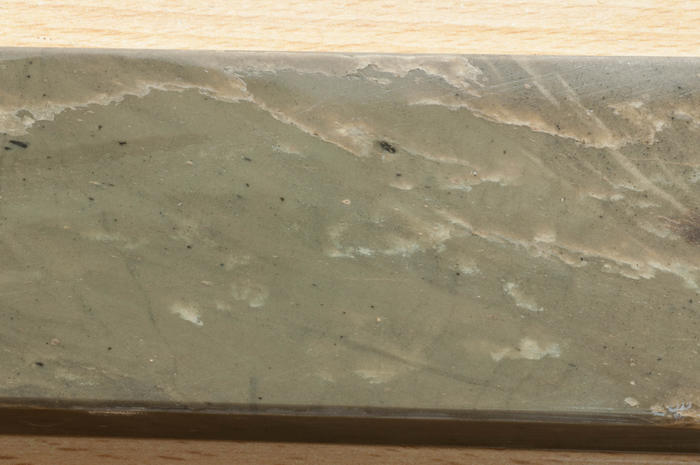
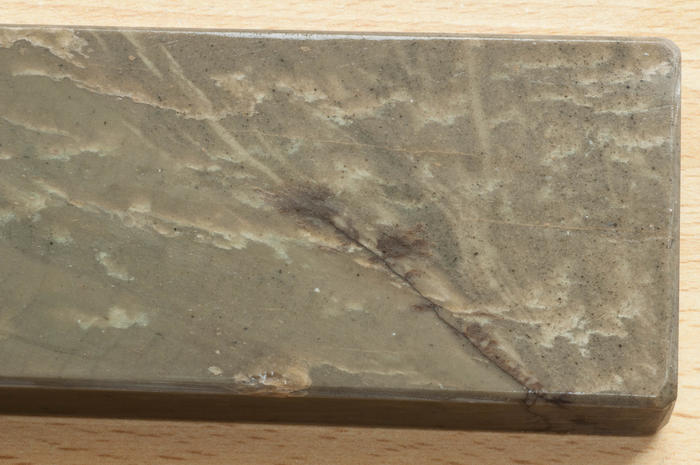
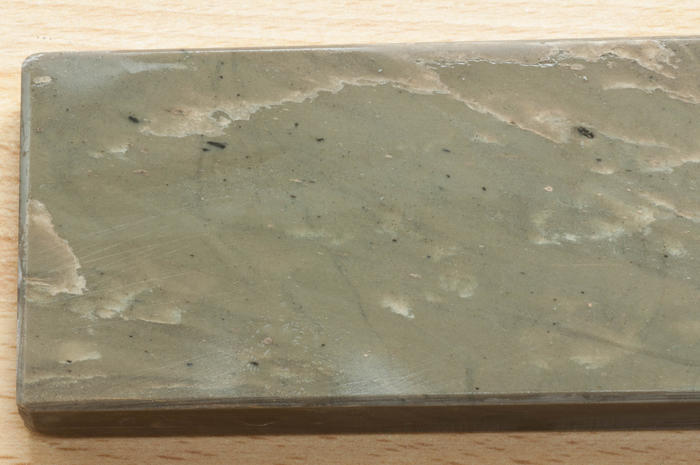
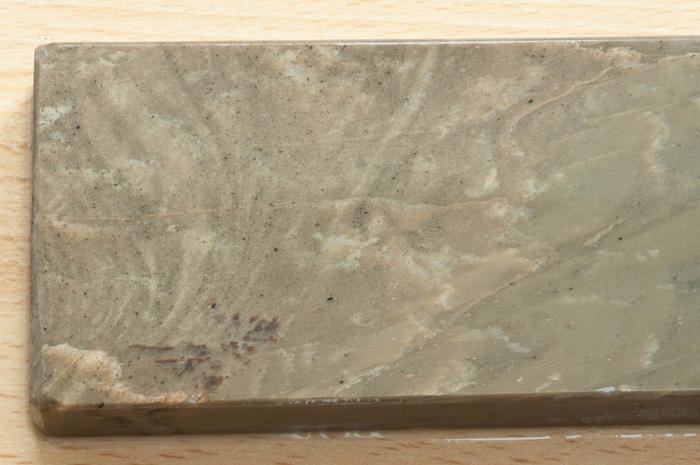
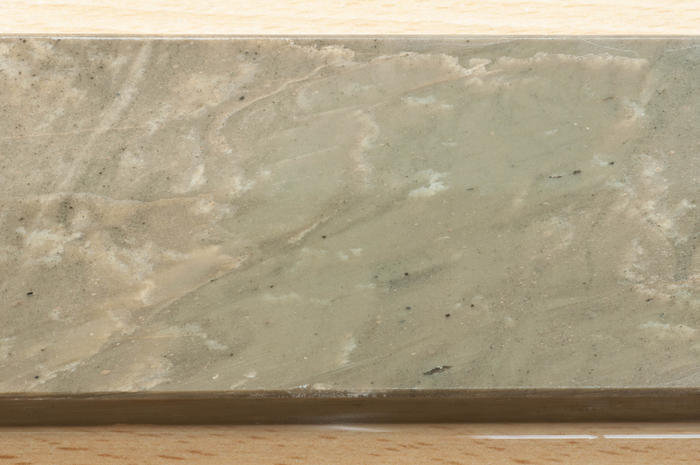
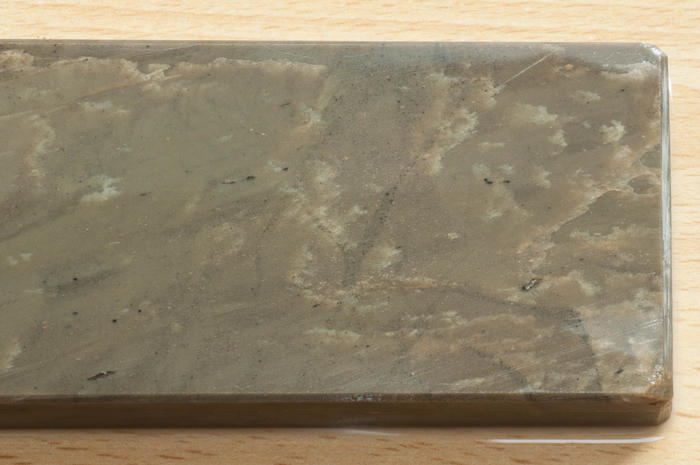
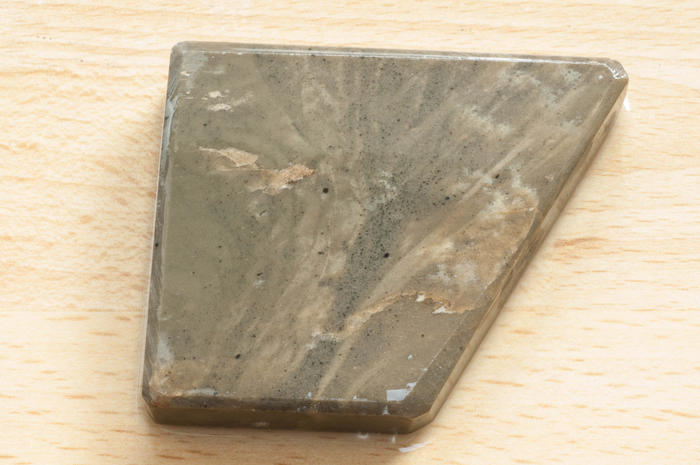
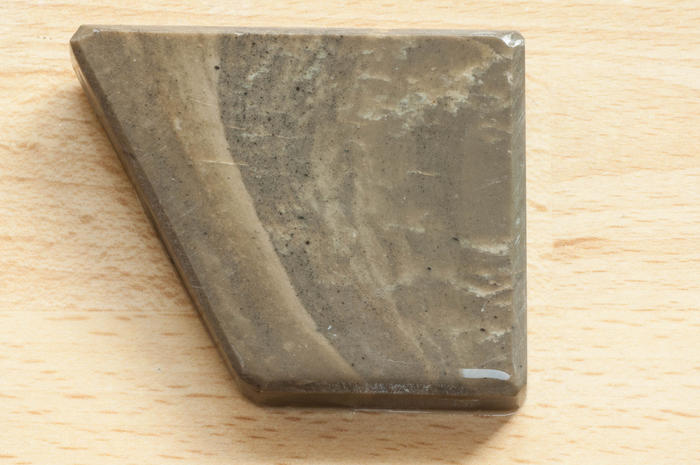
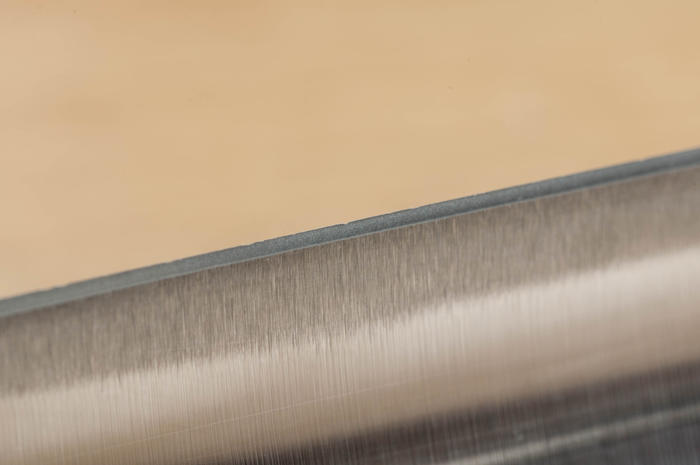
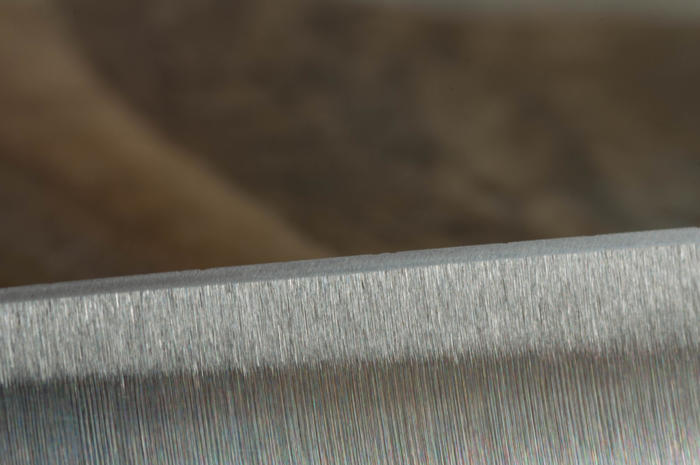 Maciek.
Maciek.
-
03-16-2016, 11:01 AM #15
-
The Following User Says Thank You to doorsch For This Useful Post:
macrob (03-16-2016)
-
03-16-2016, 11:07 AM #16

Are the LIs are used with slurry?
Maciek.
-
03-16-2016, 01:32 PM #17

Well I am of totally different opinion here. Everything I see on the pictures is absolutely typical for frankonian hones. The flakes, the blue dots, the very small black dots, the redish-brown inclusions and the colored crack lines. Since the frankonian hones belong tot he the geological rocks of the so-called phycode slates, streaks and swirls in different colors also appear quite frequently.
On the other hand I have not seen LI’s with that large amount of flakes and with this strong concentration of small black dots combined with a color change of the stone matrix on one part of the hone. LI’s are normally much more discreet with all of this characteristics.
The only real point that counts for a LI in my opinion is the fact, that LI’s are much more known and represented than frankonian hones.
However - we will not be able to decide this finally. More important is, how the stone performs and that it will be a good hone for your satisfaction. Thats all that counts at the end.
-
03-16-2016, 03:15 PM #18

Well Peter, you know that this is only my point of view, as always we try to identify any of the stones shown
by someone. So dont nail me on this, for sure i might be wrong....i surely can agree that the example shown here really shows a lot of flaking....
Actually the stones i got and showed here as LI stones were bought in UK, so as mentioned i would rule them out to be Frankonian Hones. Do you have any personal proposals how to difference between both types of stones (Frankonian / LI) in terms of behavior ?
As i would try to give a proposal, i would say that the Frankonian Hones are faster then the LI Stones and probably in most cases a bit finer. In the end performance counts whatever the stone is called....
@Macrob
Please check Henks Grinding and Honing Part 3 on Page 59 the last pic on the bottom for a comparison...
http://bosq.home.xs4all.nl/info%2020...ing_part_3.pdf███▓▒░░.RAZORLOVESTONES.░░▒▓███
-
03-16-2016, 06:03 PM #19

Well LI's are harder stones than frankonians and have been used as oilstones in the past. Frankonians are soft and typical waterhones that slurry very easy and take a lot of material with heavy surry. On the other hand the frankonians give a very fine, mirror polished edge when used with water only at the end of the progression. So their useage is somehow like a coticule, as discussed in the past. LI's do not have that wide grit range in the progression, at least the examples that I hav in my hands. But of course it is all a matter of personal experience and feeling.
-
03-17-2016, 04:48 AM #20Senior Member

- Join Date
- Sep 2013
- Location
- NW Indiana
- Posts
- 1,060
Thanked: 246
My LI is actually very fast on slurry from a very worn 1200 Atoma - just slightly faster than my Frankonian on the same slurry. I haven't tested on plain water or oil yet. The OP's stone looks slightly more like a LI to me also, but could conceivably go either way. This is a tough one.
Llyn Idwal:
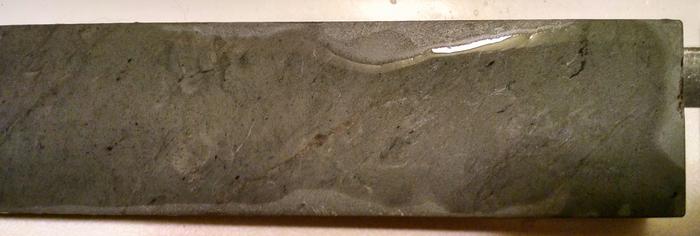
One thing I've noticed is the LI definitely gives more of a glassy ring when tapped - the Frankonian still gives a fairly high pitched note too, but it's much more flat and short rather than a ring.Last edited by eKretz; 03-17-2016 at 04:53 AM.


 28Likes
28Likes LinkBack URL
LinkBack URL About LinkBacks
About LinkBacks






 Reply With Quote
Reply With Quote

